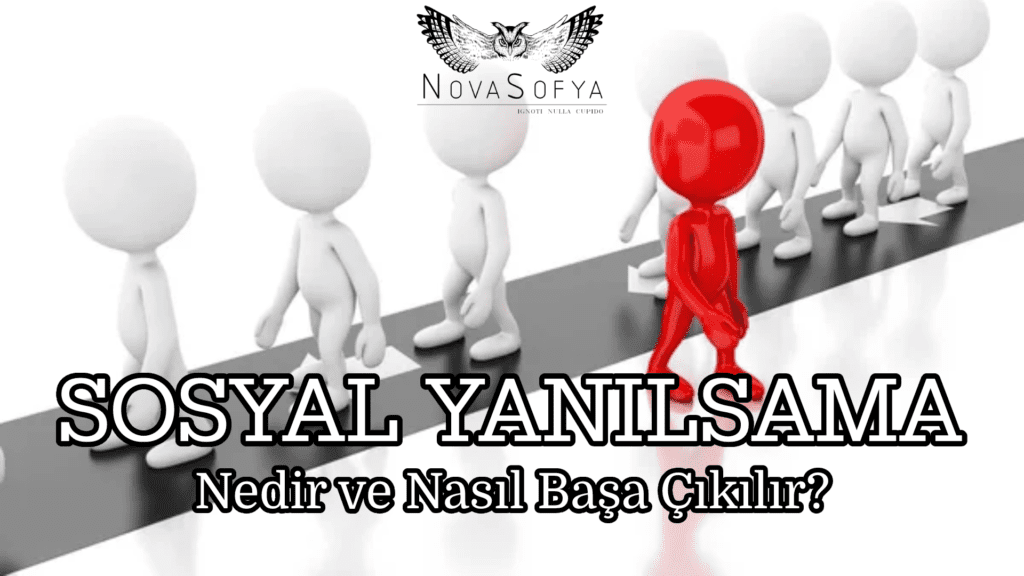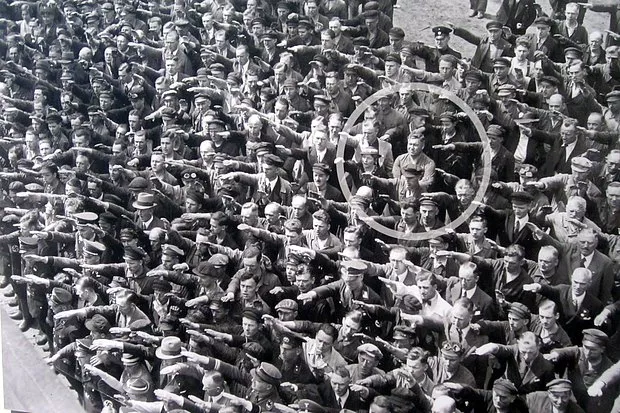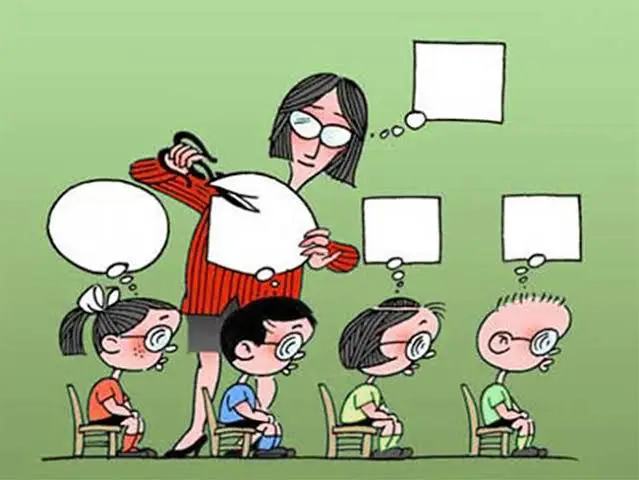The Problem of Our Age: What Is the Social Illusion? How Can We Deal with Social Illusions?

Social illusions are false beliefs or assumptions that affect the way a person perceives, judges, and understands reality. These illusions can influence a person’s perceptions, beliefs, and behaviors about themselves, others, or the world. The main causes of social illusions can be briefly summarized as cognitive self-restriction, inability to go out of the ordinary, lack of information, emotional effects, social environment pressure and its effect on the individual’s decision making, self-realization paradox, that is, the fact that the person now looks at everything with prejudice.
For example, it is very difficult for the defender to defend a non-dissenting opinion within a group of all political opponents. Therefore, in order not to be excluded from their environment and to be adopted more, people have to consciously or unconsciously adopt the ideas believed and defended by the group they are in. After a while, this can go so far as to consciously defend the idea he was initially opposed to.

To give another example, in today’s world, social media is at every moment of our lives. Although such a rapid spread of information adds great convenience to our lives, it has a great impact on individuals and their development. A fashion trend that emerged in America is suddenly leading to a fashion trend in another country, an outfit that was seen as abnormal a while ago can become a fashion reality that almost everyone adopts. In fact, it can affect people posing in photographs, or while giving these poses, another illusion that was considered abnormal until yesterday is destroyed and replaced by another illusion.
There are many varieties of social illusions. Some can lead to societal problems such as prejudice, stereotypes, and discrimination, while others can influence people’s judgment or evaluation of themselves or others.

For example, when a person feels like a failure, they can often turn that failure into a cycle in which they repeat themselves over and over again. This person may develop an illusory belief in their own abilities and potential, leading to a series of behaviors that are detrimental to them.
Another example is the prejudice and stereotypes that cause people to judge others quickly. A biased person may quickly judge other people because of their physical characteristics, religion, culture, or other differences. Such illusions can lead to social inequalities, discrimination, and make it difficult for people to interact with each other.
The causes of social illusions are quite complex. These can be caused by many factors that shape one’s perceptions of oneself, others, or the world. These can be in different areas, such as cultural, social, psychological and cognitive factors.

Social illusions are false beliefs or assumptions that affect the way a person perceives and judges the world. These illusions can influence people’s judgment or evaluation of themselves or others. Therefore, it is important to be aware of social illusions and combat them.

People often make decisions quickly and easily based on pre-existing illusions, using cognitive shortcuts or “mental shortcuts,” and these shortcuts can sometimes be misleading.
Some common illusions are as examples of these:
- Illusion of validation: Valuing more of evidence that confirms one’s pre-existing beliefs and therefore ignoring differing opinions.
- Group thinking: It is difficult for the person to adapt to the beliefs of other people in the group to which he belongs and therefore to accept different opinions.
- Illusion of expectation: due to the beliefs that the person has beforehand, he is more prone to see the results he expects and therefore ignores the different results.
- Illusion of confirmation: Focusing only on information and evidence that confirms one’s own beliefs and excluding differing opinions.
- Emotional illusion: when the person’s emotions contribute to the formation or maintenance of beliefs and, therefore, ignore or try to change the facts.
- Negative impact illusion: When a person’s beliefs about a negative event or situation increase or decrease the likelihood that the event will occur.
Tversky and Kahneman’s paper “Decision Making Under Uncertainty: Artificial Intelligence and Prejudices” focuses on the biases and illusions that people use in the decision-making process. The article draws attention to the significant errors in the decision-making process of the self-artificial intelligence that people use when making decisions under uncertainty.

The article provides many examples of prejudices and illusions that people often use when making decisions under uncertainty. These examples include concepts such as representational heurisistics, the illusion of premise, and the illusion of minority.
Representational heuristics states that people estimate how likely an event is based on how likely that event is associated with similar events. The premise illusion occurs because people use information they’ve already learned to understand new information. The minority illusion is an illusion that the probability of rare events is actually higher than they seem.
Daniel Kahneman’s book “Thinking, Fast and Slow” deals with the thinking processes of people and the prejudices and illusions in these processes. The book states that humans divide their thinking processes into two systems: the fast and automatic thinking system and the slow and effortful thinking system.
The book explains the biases and illusions in people’s thinking processes and offers strategies for how these biases can be avoided. Kahneman states that the rapid thinking system that people use in their thinking processes may not give accurate results in some cases. It states that in these cases, people need the use of a slow and effortless thinking system. It helps people become aware of the biases and illusions in their fast thinking system and offers strategies that can help them make more accurate decisions using the slow thinking system.
Kahneman also provides some tools that people can use to identify biases in their thinking processes. These tools include setting up a control group, gathering the opinions of different experts, and investigating conflicting data.
How Do We Get Rid of Social Illusions?
We talked about what the social illusion is and the studies that have been done on it. So how can we overcome these illusions? There are multiple options in this regard and it is possible to overcome these illusions. Now let’s address them.

Start by questioning your own beliefs and decisions. Try looking at it from different perspectives and consider the counter-arguments.
Think Evidence-Based!
Make your decisions based on evidence and facts. Gather information from different sources and analyze this information to reach the most accurate conclusions.
Avoid Groupthink!
Independently form your own ideas, avoiding groupthink. Listen and discuss different opinions, but make the final decision independently.
Reduce Emotional Impacts!
By reducing the emotional impacts, you can make more objective decisions. Avoid emotional reactions and use your logic when making decisions.
Develop Awareness!
Be aware of your own illusions and the illusions of others. Consciously question your illusions and reevaluate your thoughts.
Keep an open mind!
Keep an open mind and try to understand different perspectives. Be open to re-evaluating your own ideas and accept differing opinions. To overcome social illusions, it’s important for people to recognize and combat prejudice and stereotypes. It is also important that the person has a realistic view of himself, tries to understand others and communicate with them.

Ultimately, overcoming social illusions starts with questioning our thoughts and keeping an open mind. Being honest with ourselves and others, thinking objectively, and making evidence-based decisions can help us make more accurate decisions.



